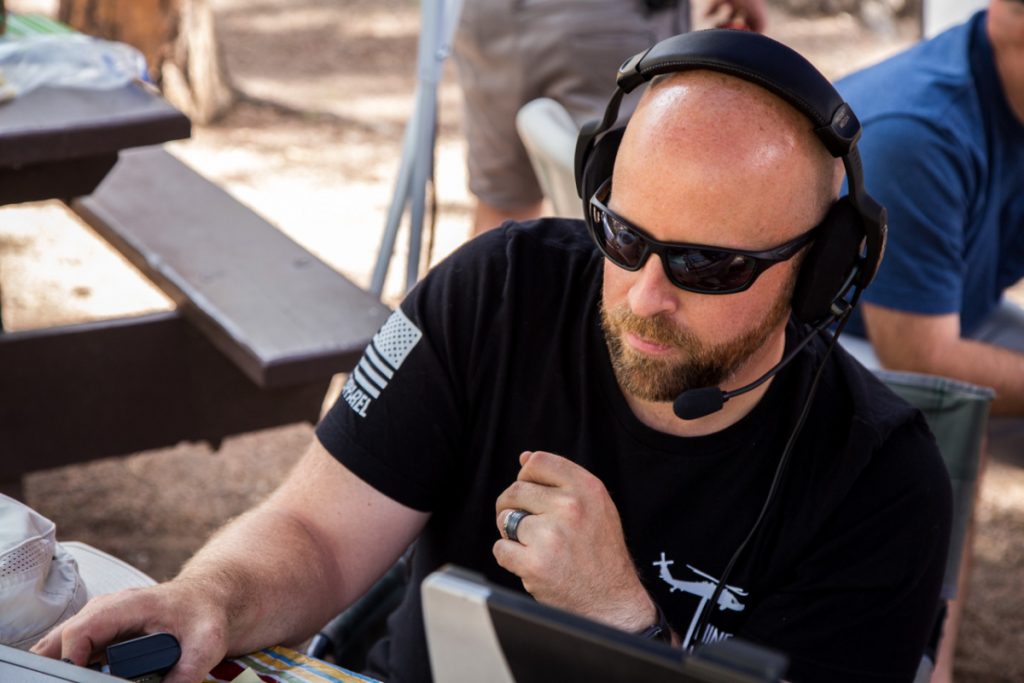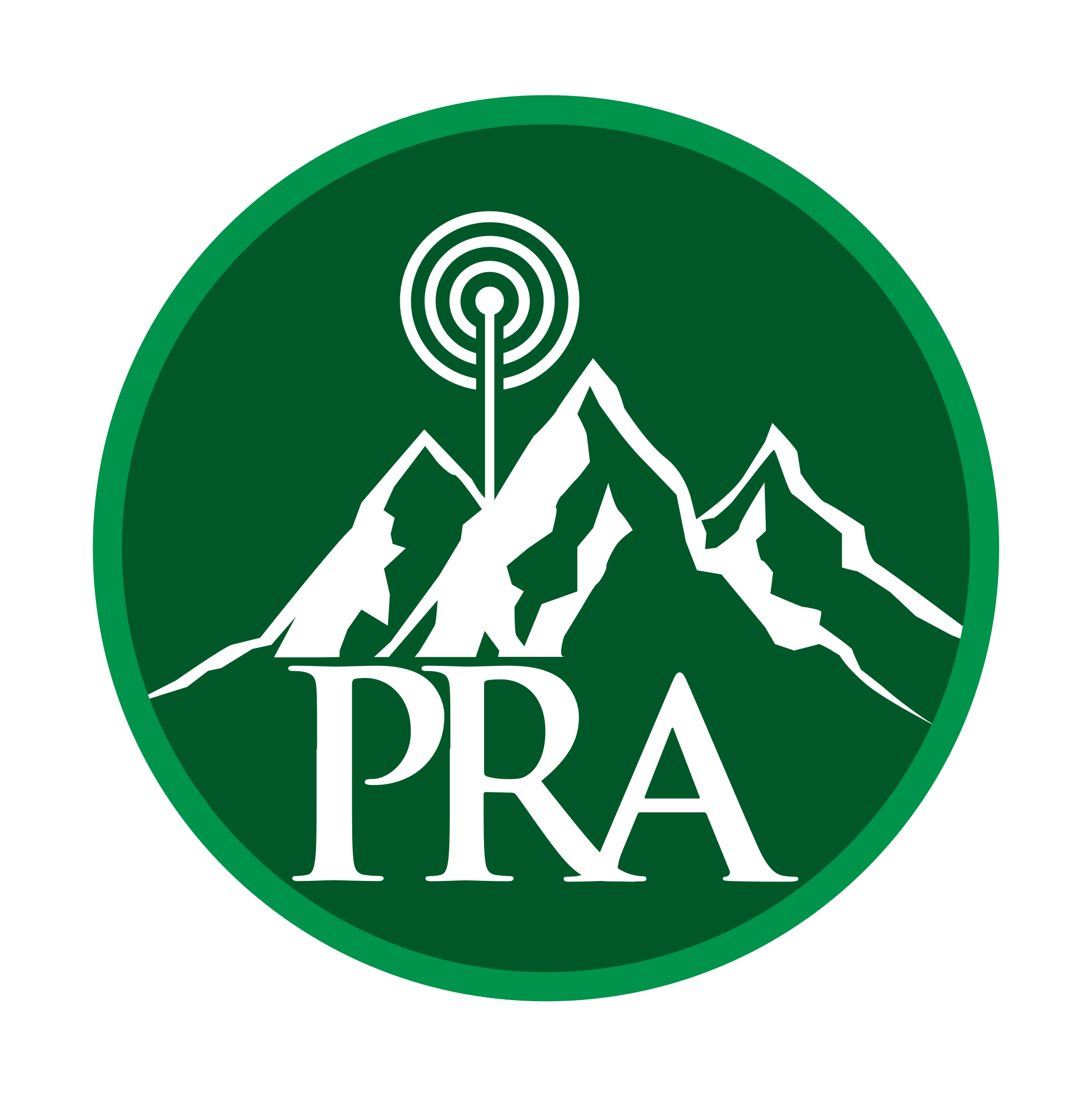
One of the great aspects of amateur radio is the outreach. Like any mission, creating and executing to an outreach takes individual and collective time, talent and treasures. When you ask longtime amateur radio operators about outreach, many will mention missions like ARES (and all it encompasses), Volunteer Examiner Testing, or community events like parades, bicycle events or Scouting showcases. Each of these are excellent examples of the amateur radio service in action and are absolutely valuable to our communities and outreach. As we continually face opportunities to introduce amateur radio, having a couple amateur radio ‘elevator speeches’ is important to capture interest because one message does not fit all.
Professionally, I am fortunate enough to oversee four manufacturing teams in three states with approximately 150 direct and indirect reports in total. In my walks and interactions with individual employees, if I delivered the same exact wording in every interaction, my message would be stale. I have to treat each individual as such and gain a sense of what excites them about their role and what interests they have outside of our company. Getting that insight, for each individual, gives opportunity to interlace aspects of the company needs and mission with their talents. Individualizing and recognizing talents with our manufacturing vision allows people to use their creativity. When creativity is unlocked in a safe environment where people are given ‘permission to play,’ and permission to fail, curiosity and enthusiasm builds.
If you have attended any PRA presentation at a monthly meeting or Elmer Night, nearly every presenter will happily admit their project shortcomings, failures, and lessons learned. I am also blown away at how our presenters capture the entire audience, not just the 30+ year enthusiast that can solder in the dark and in their sleep. Our presenters capture the attention of not only the 30+ year enthusiast down to those that never touched a radio, but are curious about this amateur radio thing.
Knowing our future audience is important. Many new licensees dive into amateur radio for emergency communication opportunities. That serves a valuable service in all of our communities. Grade school youth dive into amateur radio typically through encouragement from a family member or teacher that got them hooked. However, there is another key young adult target age range (say 18-30) that may be seeking more from their STEM (Science, Technology, Engineering, Math) programs in high school and college. As my children are in this age range, they come at this world completely differently than I did. They know raspberry pi’s, 3D Printers and robotics (Google Search the Makers Movement), where I knew 5.25″ boot discs. They are very hands on with technology, programming and coding. Ever see a 18 year old without a cell phone?
Speaking of coding, my oldest daughter, a Clinical Psychology major, sent me a text screenshot of a coding assignment that she was working on for one of her electives. When I asked her to describe it to me and how she liked it, she said walked me through her assignment and said it was “cool and very systematic.” It looked like a foreign language to me, but it dawned on me…this is how the amateur radio service can interlace interests in these young adults. When I told her about how amateur radio pulls similar type coding data into raspberry pi builds for worldwide communications, my daughter said, “next time I’m home, please show me.” Now, Dad the ham radio nerd may actually become ‘cool’ again.
Amateur radio will never be a one-size fits all service/hobby. If it ever was, I would not any part of it. However, as we learn what people like about amateur radio or what their initial interests of amateur radio may be, we can cater our message to our next individual licensed operator.
73,
Dan – N2SRK
President
Parker Radio Association
